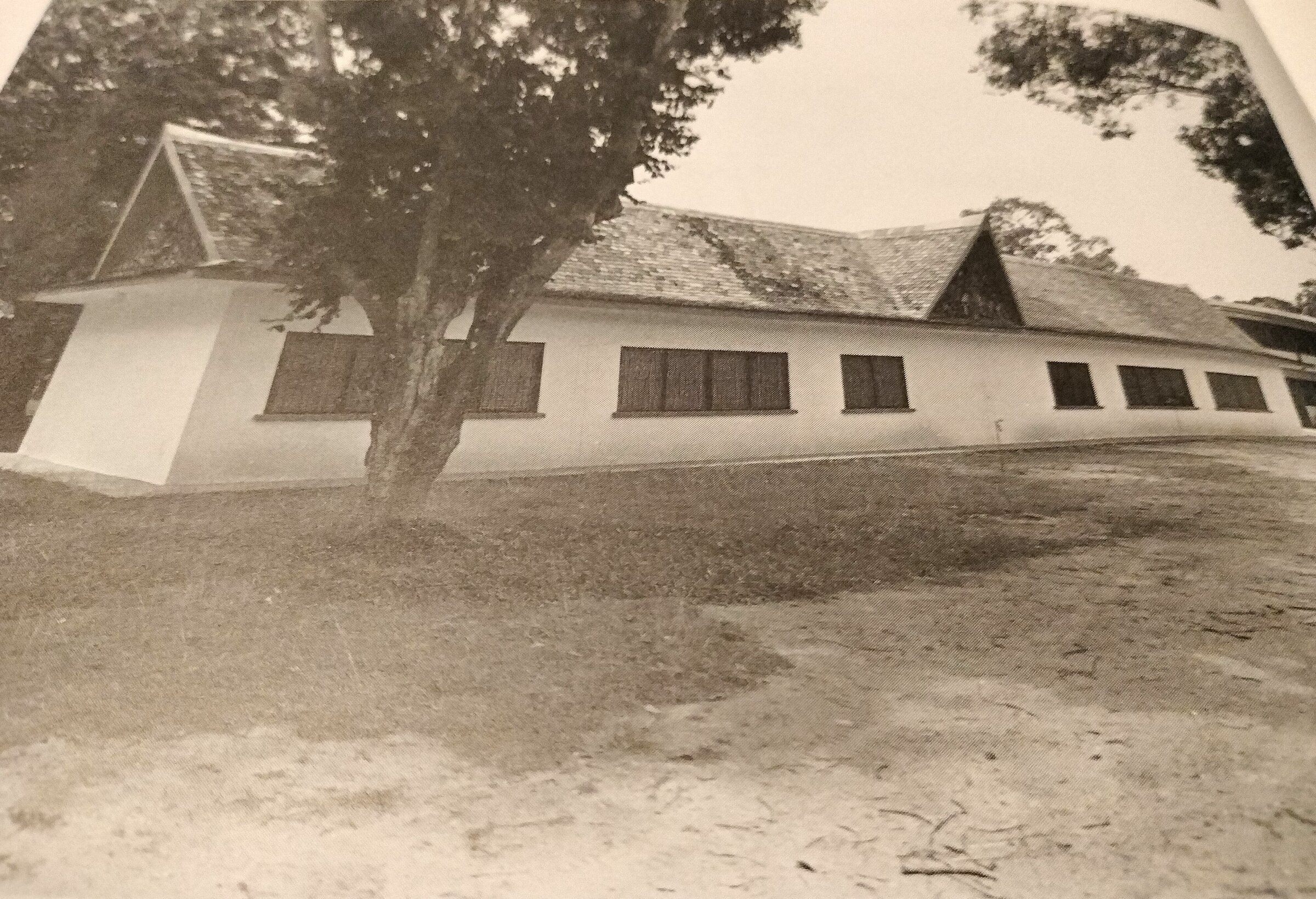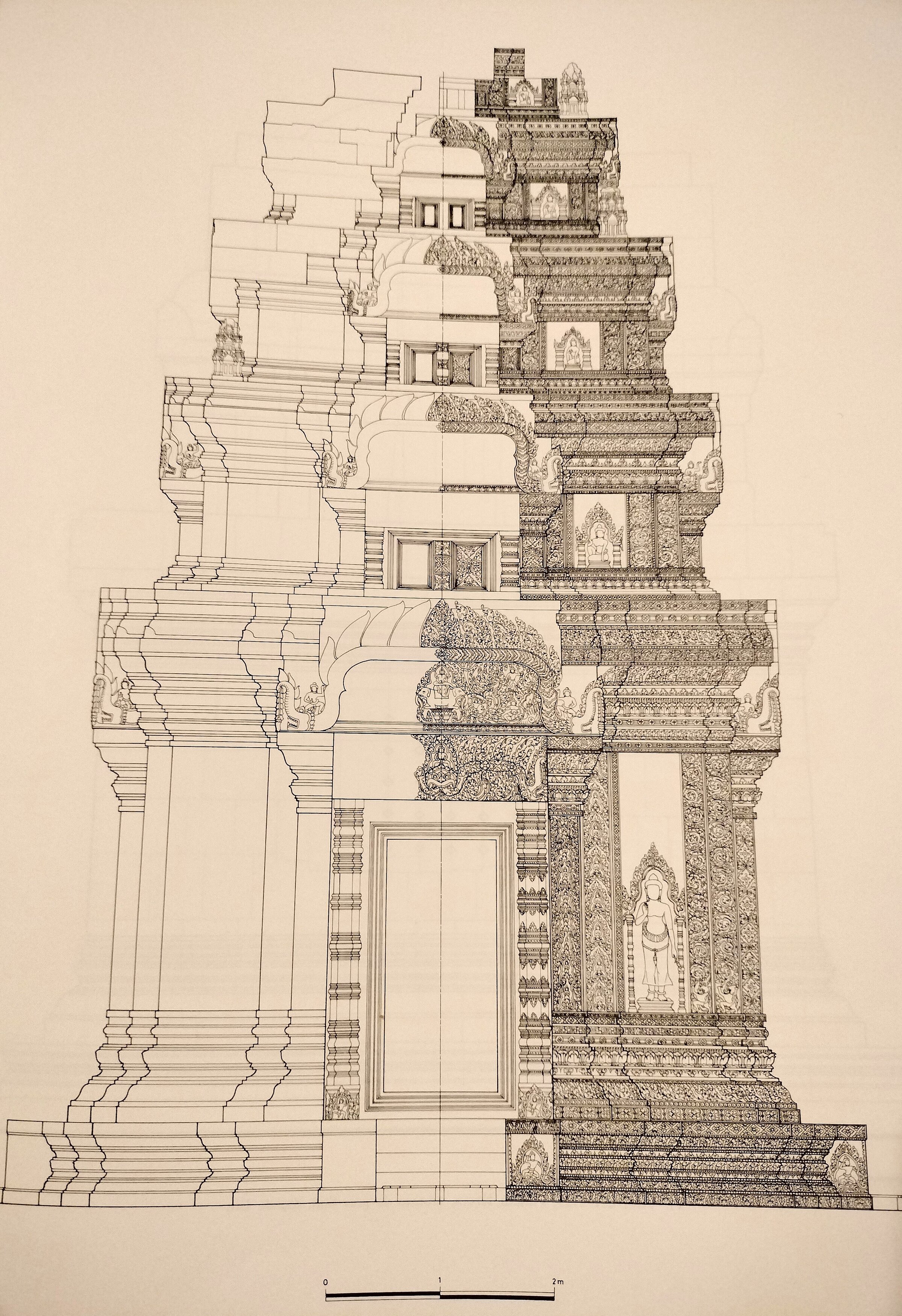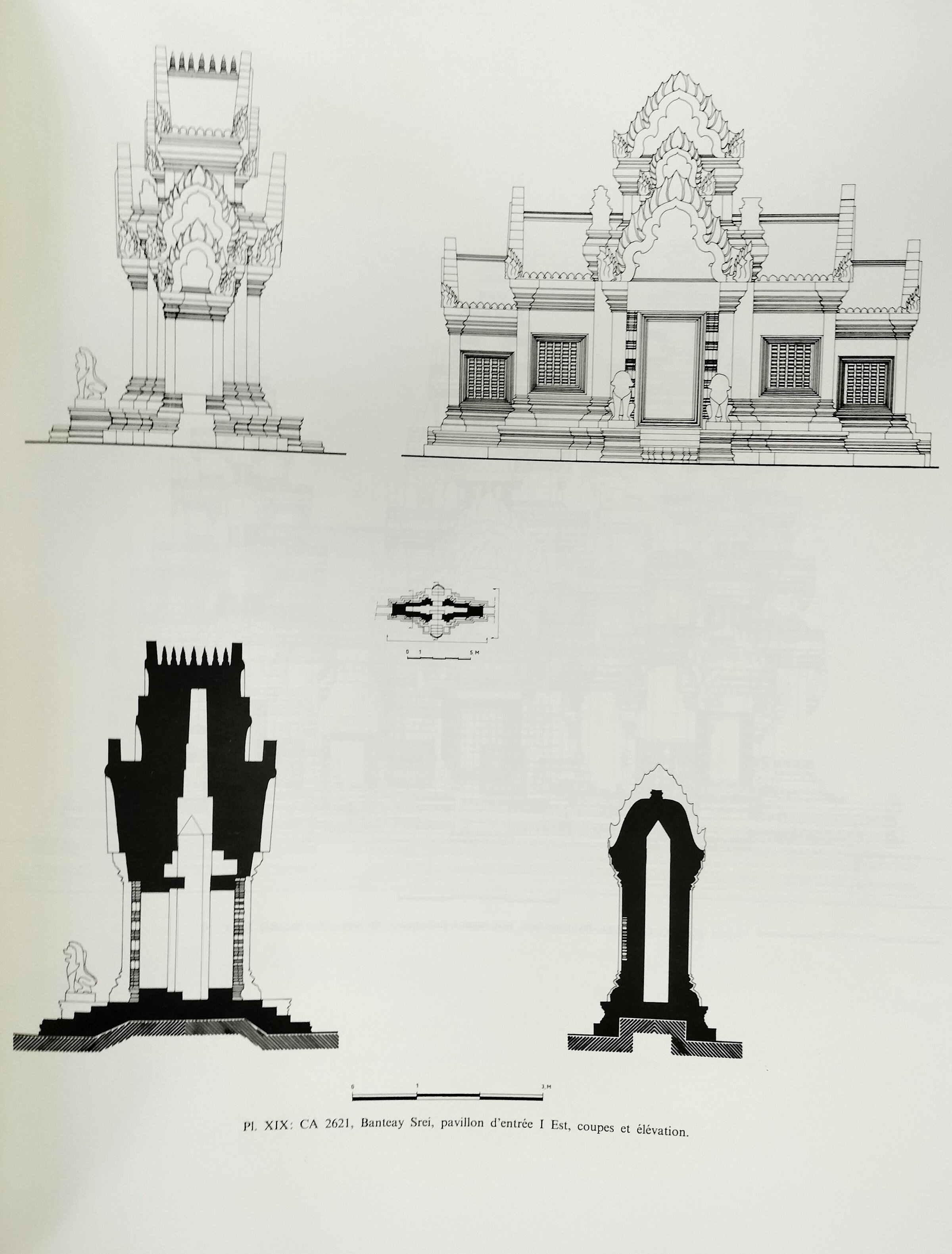Documents graphiques de la Conservation d'Angkor, 1963-1973
by Jacques Dumarçay
Guardian of artistic treasures from the Khmer Temples, the Angkor Conservation also produced and stored detailed blue prints and archaeological field reports.
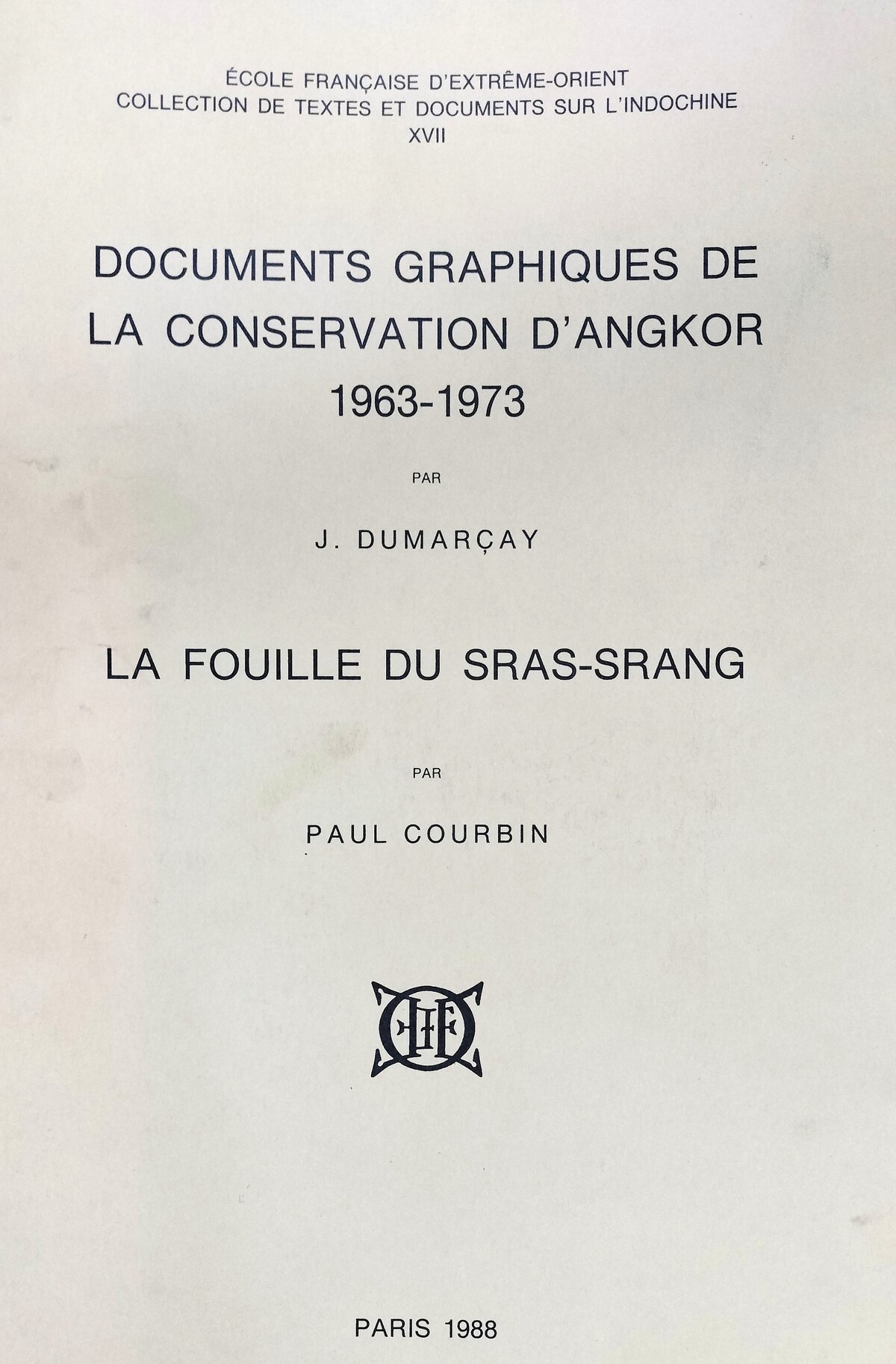
- Format
- hardback
- Publisher
- EFEO, Collection de textes et documents sur l'Indochine, vol. XVII, Paris. With 89 plates.
- Published
- 1988
- Author
- Jacques Dumarçay
- Pages
- 132
- ISBN
- 2855395453
Fifty years ago, on 20 January 1972, Bernard-Philippe Groslier, the founder and indefatigable developer of ‘Conservation d’Angkor’ (Angkor Conservation) had to leave the premises on the banks of the Siem Reap River, as the civil war was rapidly closing on the Angkorean sites. Half a century later, this proud and discreet depository of some of the most beautiful examples of Khmer statuary and sculptural art opens its doors to the public for the International Day of Cultural Heritage, 17 September.
In his Introduction, author Jacques Dumarçay describes the launch of the Conservation in 1963, at a time when B. Groslier had won the active support of both the French and the Cambodian authorities, overseeing ambitious programs of prospection and preservation that would bring a trove of discoveries at so many sites, from the Baphuon to the Elephant and Leper King terraces, from Pre Rup to Palilay temples.
From that year, the walled premises of the Conservation were going to host not only salvaged sculptures and bas-reliefs threatened by looters and illicit art dealers, but also an archival department, workshops for stone, iron, bronze and ceramic restoration, and a design office where up to 38 draftsmen were busying themselves under the supervision of G. Nafilyan and J. Dumarcay (architecture), as well as A. Turletti and A. Bosco (topography).
The Angkor Conservation main storage in the 1960s (photo EFEO).
The result are the superb plates to be found in this book. While most of the temples and monuments are covered, several of these masterful designs have disappeared during the 1970s-1980s. At its peak before the civil war, the Conservation was getting ready to open a Museum of Ancient Khmer Art in Siem Reap.
In addition, archaeologist Paul Courbin summarizes the finds of the Sra Srang (“Royal Basin) excavations in 1963 – 1965, “probably the major archaeological discovery of that decade” as they brought light on the funerary rites in Angkor during the 10th-14th centuries, and also showed that at some point of their history the Ancient Khmer had also felt necessary to look for some kind of “art conservation”: underground storage depositories where numerous statues were hidden in clay jars filled to the brim with artworks.
Details of plates for Banteay Srey, West Mebon, Prah Palilay, Baphuon (EFEO)
Tags: Khmer arts, sculpture, Sra Srang, archaeology, EFEO, cultural heritage, 1960s, funerary rites, necropolis, jars, archives, conservation
About the Editor
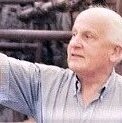
Jacques Dumarçay
Architect and engineer Jacques Dumarçay (26 June 1926, Toul, France — 22 Nov 2020, Toul) was one of the major actors in the restoration of important monuments, in the Angkor area (Baphuon, Roluos, Pre Rup), in Laos (Wat Phu) and also in Indonesia, in particular Borobudur.
Author of several reference studies, in particular on the structure and principles of the Southeast Asia Palace and the Cambodian Architectural from the 8th to the 13th centuries (with Pascal Royere), he started his overseas career in Afghanistan and Pakistan in 1953 before joining the Angkor Conservation Authority in 1964, at the invitation of archaeologist and art historian Philippe Stern, and assisting Bernard-Philippe Groslier on major renovation projects. Also active in India (from 1971) and Indonesia (1977−1987), he contributed to Angkorean research and restoration after the civil war, and was involved in numerous architectural missions even after his retirement in 1991.
Most of Jacques Dumarcay’s essays have been translated into English by Michael Smithies.
Jacques Dumarçay obituary in the Khmer media, 2020.

